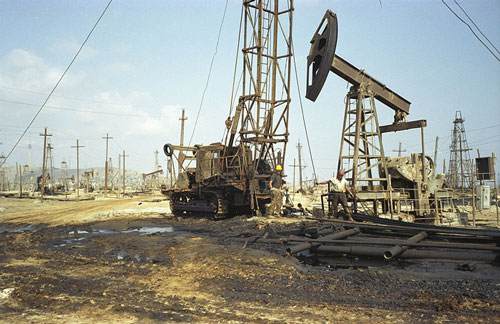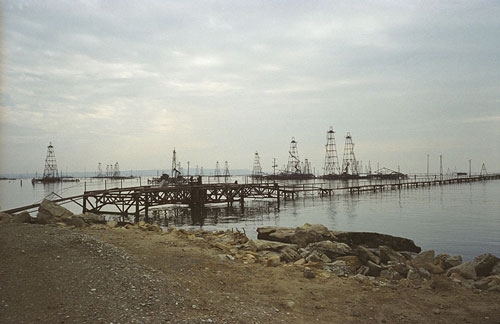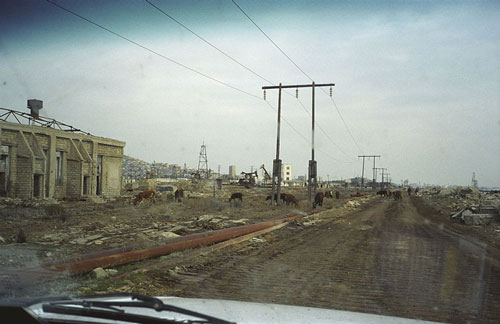info about Sounds from Dangerous Places here:
http://sounds-from-dangerous-places.org/
info about the oilfield recordings here:
http://sounds-from-dangerous-places.org/caspian_uk.html
Field Recording as Sonic Journalism
http://sounds-from-dangerous-places.org/sonic_journalism.html
‘Sonic Journalism’ is the aural equivalent of photojournalism. It describes the practice where field recordings play a major role in the discussion and documentation of places, issues and events and where listening to sounds of all kinds strongly informs the approach to research and following narratives whilst on location.
Recent travels have brought me into contact with some difficult and potentially dangerous places. Most are areas of major environmental/ecological damage, but others are nuclear sites or the edges of military zones. The danger is not necessarily to a short-term visitor, but to the people of the area who have no option to leave or through the location’s role in geopolitical power structures. Dangerous places can be both sonically and visually compelling, even beautiful and atmospheric. There is, often, an extreme dichotomy between an aesthetic response and knowledge of the ‘danger’, whether it is pollution, social injustice, military or geopolitical.
Places visited include:
- Chernobyl exclusion zone, Ukraine;
- Caspian oil fields, Azerbaijan;
- Tigris and Euphrates rivers valleys in South Eastern Turkey threatened by massive dam building projects;
- North Wales, UK, where Chernobyl fallout still affects sheep farming practice;
- nuclear, military and greenhouse gas sites in the UK, including Sellafield, Dungeness, Bradwell, Sizewell, Thetford Forest, Rainham and Uttlesford;


